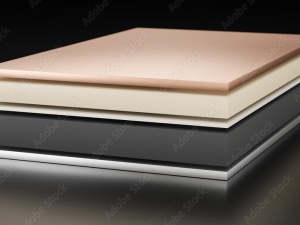Importance of atmospheric aerosol pollutants on the degradation of Al2O3 encapsulated Al-doped zinc oxide window layers in solar cells
Abstract
Atmospheric aerosol pollutants are considered for the first time for the durability evaluation of non-metallic photovoltaic materials on the example of pristine and Al2O3-encapsulated Al-doped zinc oxide (AZO) window layers. The AZO samples were exposed to a varied temperature and humidity cycle, completed or not by a daily deposition of (NH4)2SO4 or NaCl aerosols, typical pollutants in rural and marine environments, respectively. The samples exposed with and without the pollutants were compared after 1 and 2 weeks of the test. Optical transmittance and conductivity significantly degraded only for the samples exposed with the pollutants. Raman spectroscopy, X-ray diffraction and X-ray photoelectron spectroscopy evidenced localized dissolution of the AZO film and chemical modification of the Al2O3 encapsulation. The most severe degradation was caused by (NH4)2SO4, which was attributed to the high stability of soluble [Zn (NH3)42+] complexes. The Al2O3 encapsulation improved chemical and physical stability of AZO in the presence of (NH4)2SO4 but not in the presence of NaCl. The latter can be explained by pitting corrosion of Al2O3. Optical transmission curves are coherent with the AZO layer thinning in the presence of NaCl and very localized AZO dissolution (most likely grain boundary etching) in the presence of (NH4)2SO4. The enhanced degradation of encapsulated AZO in the presence of atmospheric aerosol pollutants suggests that they cannot be neglected in the evaluation of barrier protection capacities of novel encapsulates and, more generally, in the outdoor durability assessment of novel photovoltaic materials and devices.






